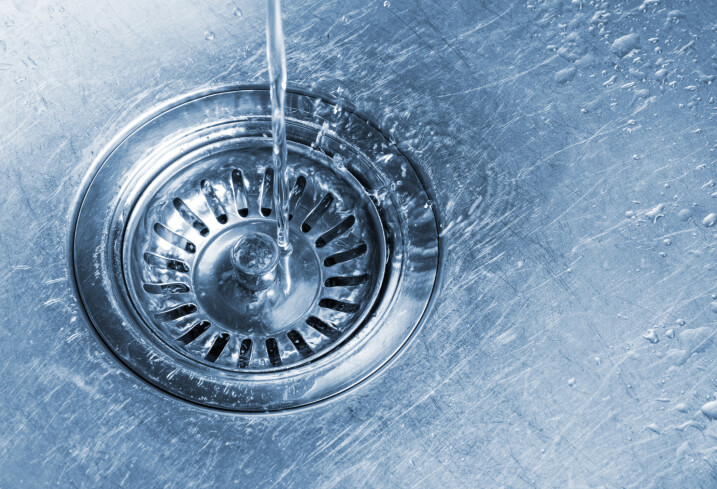
What Is Plumber Putty and When Do You Use It?
Plumber putty is a clay-like substance that’s used in the installation of drainpipes, sinks, and valves. Basically, the putty works to seal areas exposed to unpressurized water (such as water standing in a sink), thereby preventing leaks and seepage. One of the biggest benefits of plumber’s putty is that it will create a water-tight seal, making it ideal for situations where 100 percent waterproof sealing is needed. Here’s a closer look at what plumber’s putty is and how to use it.
So What Exactly Is Plumber’s Putty Anyway?
The clay-like consistency of plumber’s putty makes it easy to mold and simple to work with. While standard clay is the main ingredient in plumber’s putty, different manufacturing companies use various components to make their products unique. Some of the main additives in the production of plumber’s putty include linseed oil, talc, limestone, and fish oil blends.
How to Use Plumber Putty
There are several things to remember when working with plumber’s putty.
- For the putty to adhere properly, the surface it’s being applied to must be clean and free of any particulate matter. Dust and debris can create potholes in the putty so that it does not seal properly.
- Plumber’s putty requires heat to work effectively. Thus, it’s recommended that you warm your hands before working with it to keep it soft and pliable, which will ensure that it seals properly.
Since it repels water, plumber putty is most frequently used to seal the upper portion of a drain–called a “basket drain”–to the sink. In using plumber’s putty to seal a basket drain in place, first roll a piece of putty into a narrow snake. Then the snake can be formed into a ring that matches the circumference of the sink’s drain. The ring is then set into place on the basket drain, and the drain is pressed gently into place. Any putty squeezed out around the drain can simply be wiped away with a damp rag.
Applying plumber’s putty to a faucet requires basically the same procedure. An appropriate amount of putty should be applied to the bottom of the faucet fixture before it is set into place on the sink. After all water lines have been correctly assembled, the excess putty can be wiped away.
See also: Plumber’s Putty – 5 Practical Uses
When Not to Use Plumber Putty
Sometimes, plumber putty is confused with other plumbing materials and is used in improper applications. Plumber putty should never be used in situations where water pressure will be applied later on. Do not use plumber putty to:
- Seal the joints between metal or plastic threaded pipes. (Use Teflon tape instead.)
- Attempt to cement together plastic pipes that do not have threads. (Use PVC primer and cement instead.)
- Seal the space between a sink and the wall or its vanity. (Use silicone caulk instead.)
In addition, on plastic sinks plumber putty can weaken the plastic, which may eventually cause minor leaks or a rupture in the sink. Plumber putty should also be avoided if working with sinks made of granite, marble, synthetic marble, or other very porous materials, as ingredients in plumber putty can leach into these surfaces and create a yellow stain that cannot be removed.
Plumber’s putty is relatively common and can be found at hardware stores, home stores, and even discount retail stores. Remember not to skimp on quality, as using a higher caliber plumber’s putty will really cut down on the potential for leaks over the long term.
Related:
Considering a Sink Garbage Disposal
How to Choose the Right Kitchen Sink